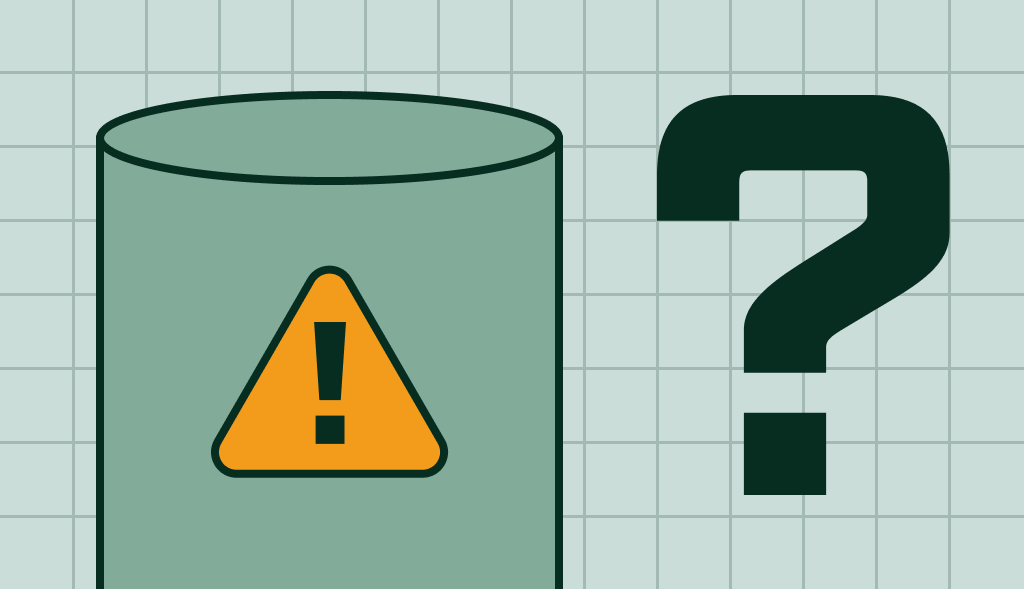10 Essential Tips for Removing Anode Rods from Your Water Heater

Removing an anode rod from a water heater may seem daunting, but with the right tools and techniques, it’s a manageable task. Anode rods are important for stopping rust in your water heater. Knowing how to replace them is key for keeping your system working well for a long time. Here are ten tips to guide you through the process.
Tips for Removing a Stuck Anode Rod
1. Understanding the Basics
Before you start, know what you’re dealing with. An anode rod is a metal rod, typically made of magnesium or aluminum, designed to prevent rust in your water heater.
The water heater anode rod is located on top of the water heater under a plastic cap or in the hot water outlet port. If you need help locating the anode rod, you can refer your water heater owner manual. Recognizing its importance is the first step in successfully replacing it.
2. Keep the Water In
Contrary to what you might think, you should leave water in the heater. This water adds necessary weight, stabilizing the tank and making it easier to unscrew the anode rod.
3. Choosing the Right Wrench
Opt for a ratchet wrench (also called socket wrench) with a 6-point socket. This specific type provides a better grip and reduces the risk of stripping the bolt, compared to a 12-point socket.
4. Need Extra Leverage?
Sometimes the anode rod can be quite stubborn. In such cases, use a breaker bar to gain additional leverage. If you don’t have a breaker bar, you can improvise by placing a PVC or metal pipe over your ratchet wrench to extend its handle.
5. Stabilizing the Water Heater
To prevent the water heater from turning while you work, use a combination of straps, a piece of 2×4 lumber, and a ratchet. This makeshift stabilizer will keep the heater steady as you apply force.
6. The Power of an Impact Wrench
If manual efforts aren’t enough, an impact wrench can be your best friend. This tool can make the removal process significantly easier, especially for those tightly-sealed rods.
7. Lubricate with Care
For an extra edge, use a food-grade penetrating liquid. This type of lubricant is safe for use around water systems and can help loosen the anode rod without risking the contamination of your water supply.
8. Still Unable to Remove the Anode?
If removing the old anode rod proves impossible, Corro-Protec offers a practical solution. Our Hot Water Outlet Anode Rod is designed for straightforward installation in the hot water outlet port, bypassing the need to wrestle with the stuck rod. This method ensures your water heater remains protected against corrosion, simplifying maintenance and extending the unit’s lifespan without the hassle of removing the old rod.
A Permanent and Alternative Solution
Instead of regularly changing your anode rod, consider a Corro-Protec Powered anode rod. This innovative solution offer a more permanent fix, ensuring your water heater stays protected without frequent replacements.
Corro-Protec is the only type of anode that can eliminate the rotten egg smell in your hot water permanently, regardless of where the smell is coming from
Dealing with Limited Ceiling Space
If you’re faced with low ceiling clearance, you may need to cut the anode rod. This should be done carefully to avoid damaging the rod or the water heater.
Installation recommendations
Adhering to the manufacturer’s instructions when replacing the anode rod in your water heater is crucial to prevent any damage. For an electric water heater, ensure that the circuit breaker is turned OFF. For a gas water heater, shut off the gas supply and turn the pilot light to the off position.
Draining the water will help relieve pressure from the tank. This can be done by attaching a hose to the drain valve or using a small bucket if that’s more convenient for you.
Remember, the key to successful maintenance is understanding your equipment and using the right tools for the job. If you’re ever in doubt, don’t hesitate to consult a professional. Keep your water heater in top condition with these expert tips and enjoy the peace of mind that comes with a well-maintained appliance.
In conclusion, removing and replacing the anode rod in your water heater is a vital maintenance task that can extend the life of your appliance. By following these tips, you can ensure a smooth and successful replacement process.
FAQ
Yes, it is possible to install Corro-Protec by yourself. With all tools needed, it will take you about 15 minutes to install it.
A complete step-by-step guide is included inside the box for an easy installation. Each guide are also available on this page: https://www.corroprotec.com/installation-guide/
The Corro-Protec powered anode rod is only 12 inches tall, so in most cases you’ll only need about a foot of vertical clearance to install it on your water heater. This makes it easy to fit in basements, closets, or tight utility spaces.
If you need to remove your old sacrificial anode rod, keep in mind it’s usually much longer and may require extra space. If clearance is limited, the rod can be cut into sections during removal without affecting your installation.
Once the old rod is out, installing the Corro-Protec is quick and easy, even in confined areas.
The answer is no and that is why Corro-Protec offers different models adapted to tank sizes.
If your water heater has two anodes, you can replace one of them with our Corro-Protec imposed current anode and leave the other one in place. Even if you install the Corro-Protec anode to eliminate the rotten egg smell in your hot water, you don’t need to remove the second magnesium anode.
Yes, you can cut your sacrificial anode rod, whether it is magnesium or aluminum, to replace it. To do this, use a pair of gloves and a saw and cut as you remove the old anode. However, when you cut the anode, make sure that the bottom part does not fall into the bottom of the tank, as you will not be able to pull it out.
In confined spaces, cutting the anode rod technique is often used. Make sure to dispose the old anode rod in a safe way and as per your environmental waste regulations in your municipality.
If you don’t have enough space and you are tired of changing the anode rod, you should install a powered anode. Only 12 inches long, this anode is made to last over 20 years.
Blog
Water Heater Recirculating Pump : Why And How Does It Work?
What is a Hot Water Recirculating Pump and How Does It Benefit Your Home? Every homeowner knows the inconvenience of waiting for hot water to […]
Troubleshooting: Why Your Hot Water Heater Is Not Working
When you want a warm bath or shower but only get cold water, it can be really annoying. If your hot water heater isn’t working, […]

